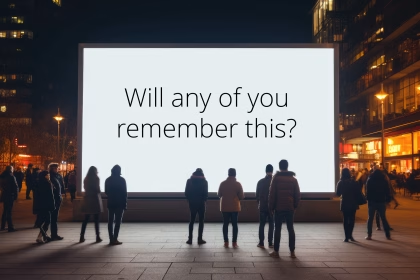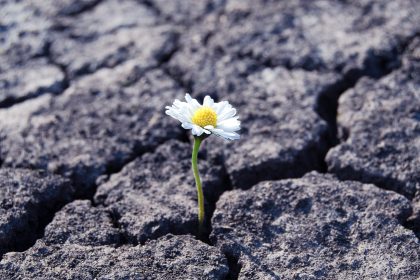Purpose
This paper aims to investigate the effectiveness of immersive virtual reality (VR) media and the influence of user’s age in the context of destination marketing by exploring their impact on cognition (presence), affection (arousal), and behavioral (intention to visit and intention to recommend the destination) outcomes.
Design/methodology/approach
A laboratory experiment was conducted to compare the impact of using immersive VR (vs. 2D desktop) to experience a 360-degree virtual tour of Valencia on consumers’ behavior. The sample included 187 participants. Both self-reported and physiological measures were collected during the experimentation.
Findings
Results showed that participants in the immersive condition experienced a stronger sense of presence and higher physiological arousal than those exposed to nonimmersive content. Presence significantly mediated both the intention to visit and the intention to recommend the promoted venue. Physiological arousal mediated the relationship between media typology and the intention to recommend the destination. Upon introducing age as a moderating variable, the effect of physiological arousal on behavioral outcomes proves to be significant.
Practical implications
The study presents destination marketing organizations with a compelling use case for immersive technologies. It also offers design principles, potential applications and targeting strategies for VR marketing in hospitality management.







